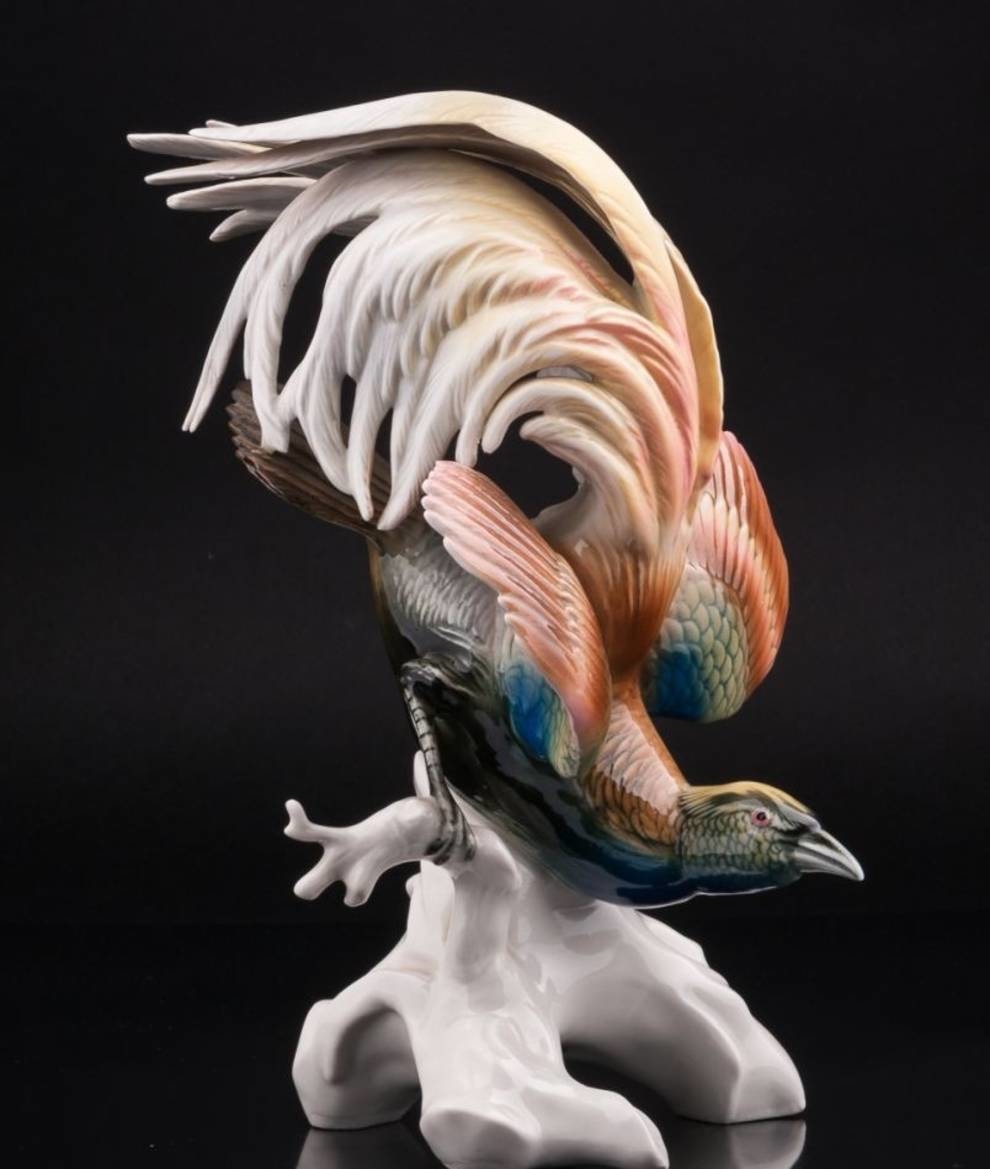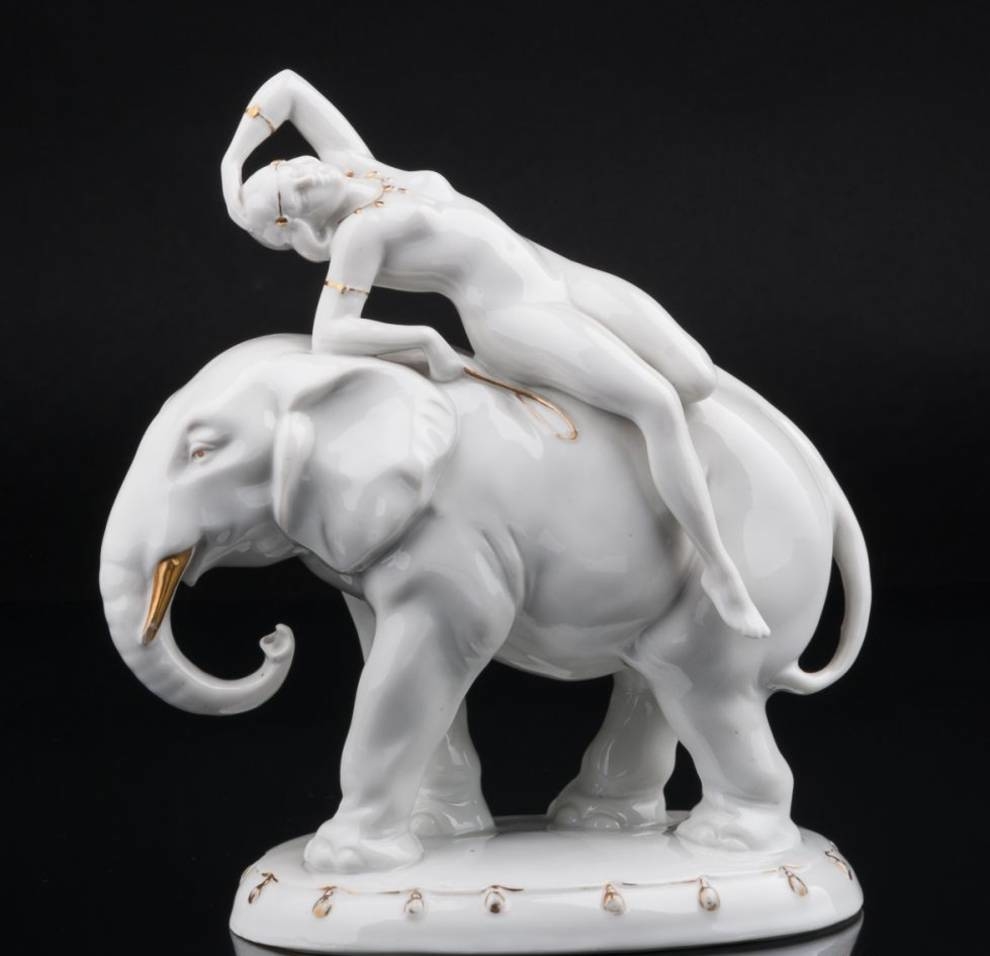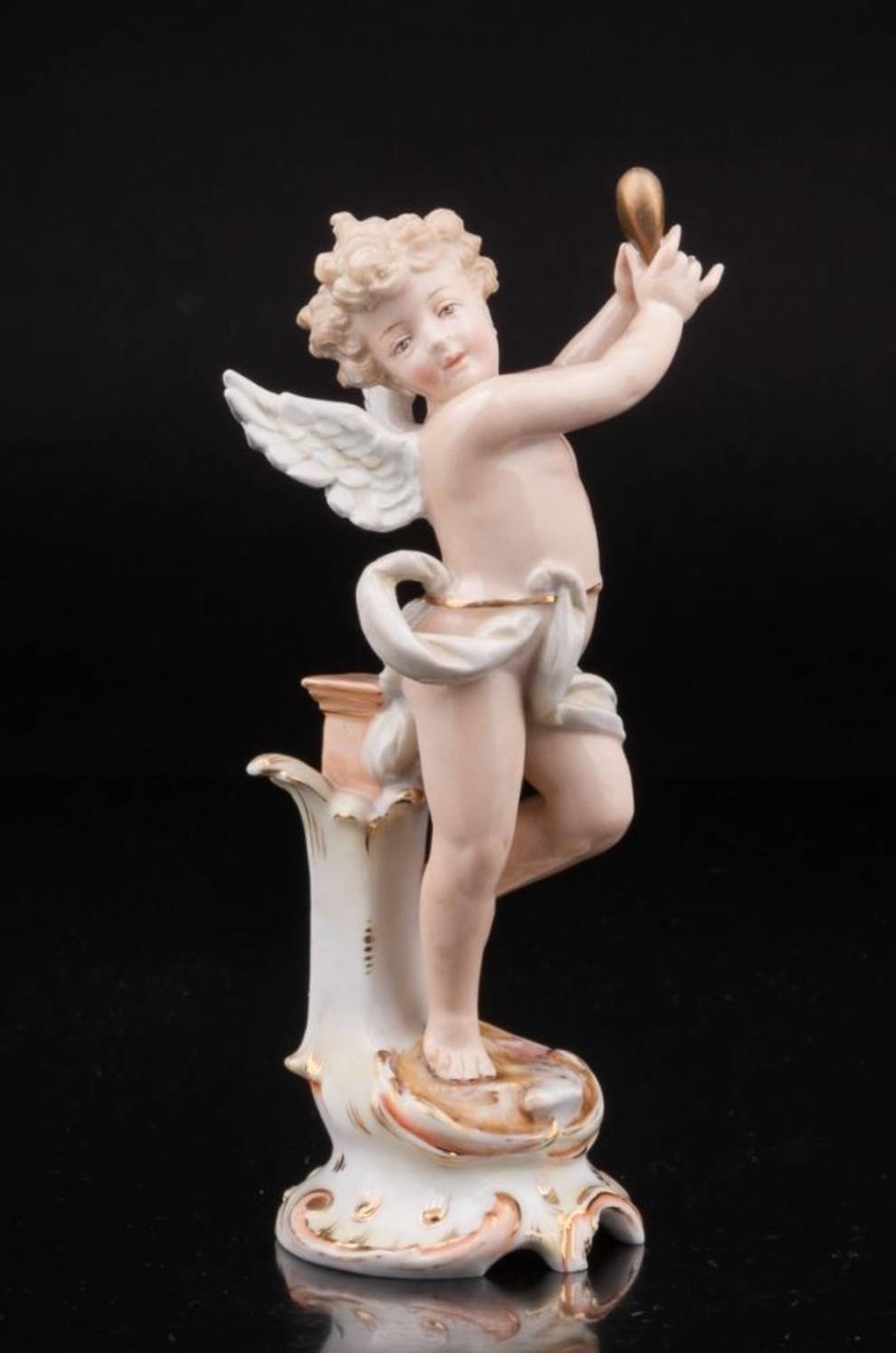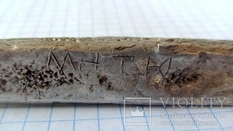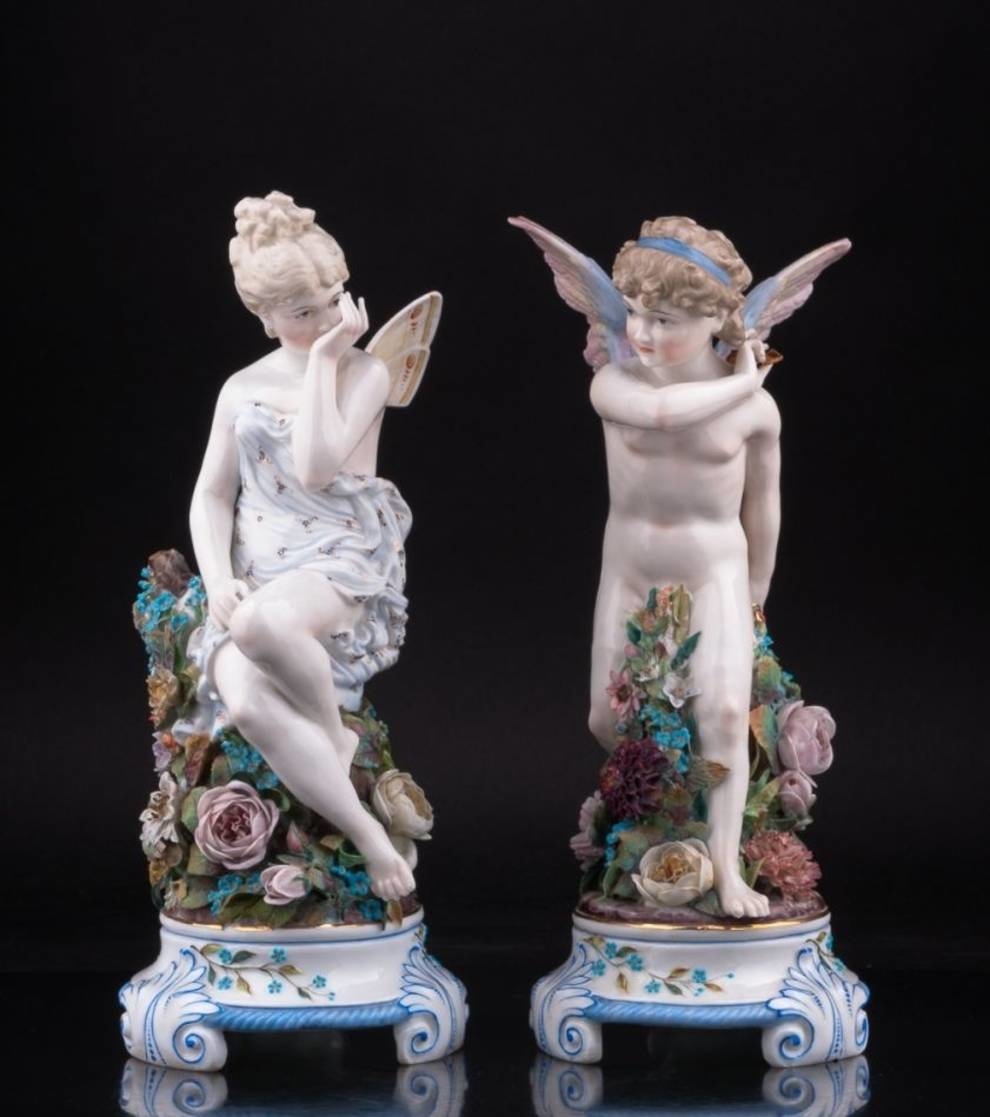
How to distinguish this porcelain from a fake?
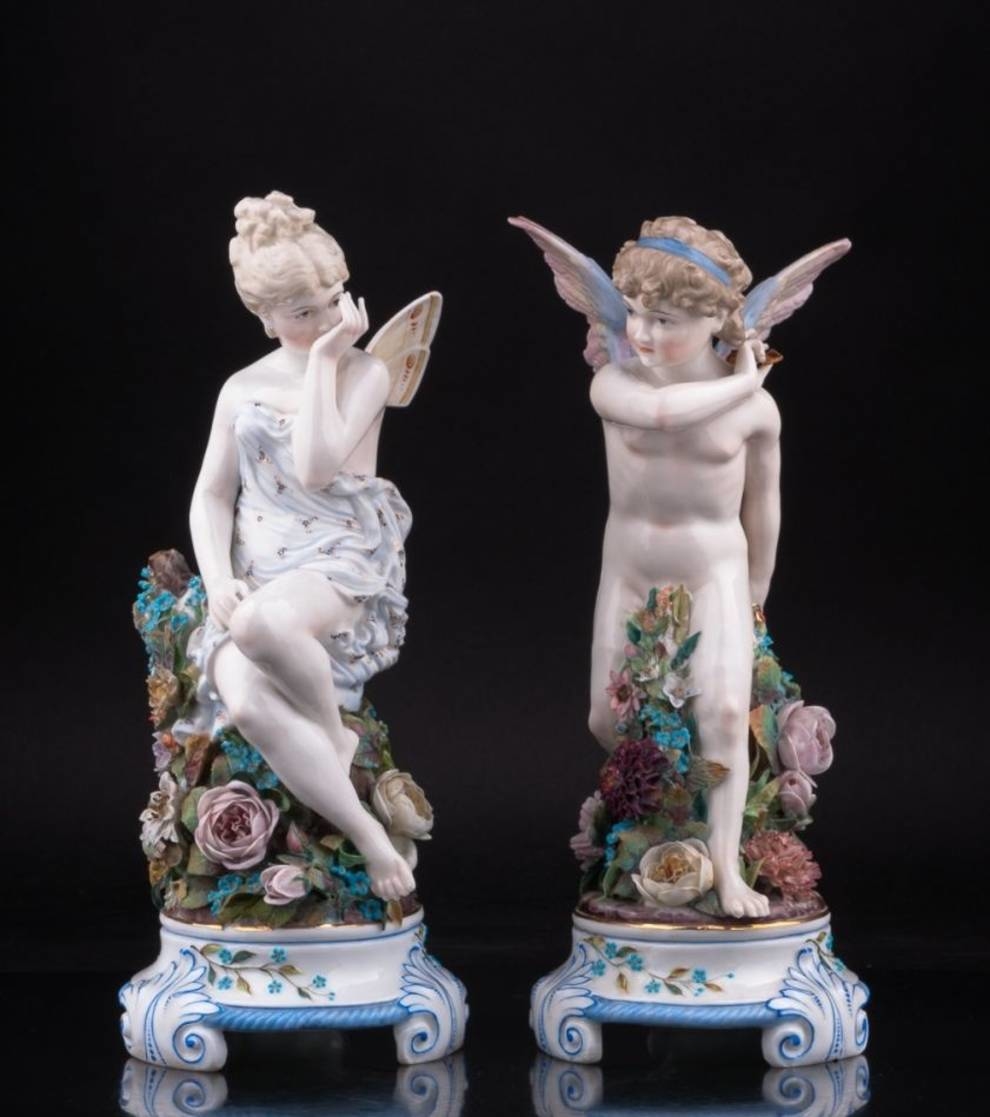
Photo © tanjand.livejournal.com
Ladies in lush dresses, gallant cavaliers in colored trousers, air dancers, charming animals and children - all these figures are really beautiful. Figurines from porcelain add zest to any interior and collection.
But there is one "but" - by ignorance you can get on a fake. To replace the treasure, do not buy a pennant, use the recommendations below.
1. Pay attention to the appearance.
Not always an antique object looks old. But from a microcrack, cracks or small chips, not one antique product is insured.
At the bottom of the statuette there may be dirt. But do not let yourself be deceived, because scammers, knowing this feature, can deliberately pollute the bottom of the figure.
2. Look closely at the glaze and the painting.
Inaccurate careless painting will also help to identify a fake. It is necessary to take into account the period of production of the figurine, the features of the painting of that time, but most of the time the figurines were painted by highly skilled craftsmen very painstakingly and accurately, that's why they look so unrepeatable.
3. Study the brand.
Many manufacturing plants put brand names on their products, but not all, for example, in France there were many not very large factories where the brand name was not used.
The stigma can be blue, green, red and other colors, most often it was put under the glaze, but there are also overglaze marks and stamps that were printed right in the test (porcelain mass).



